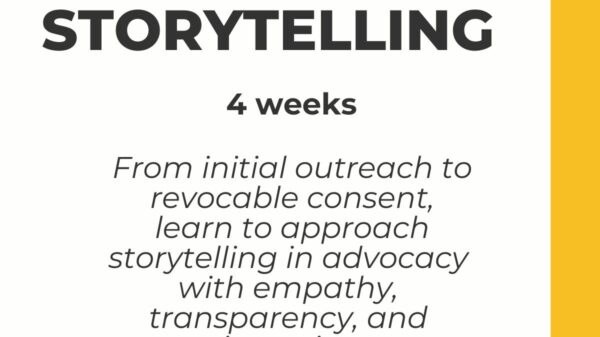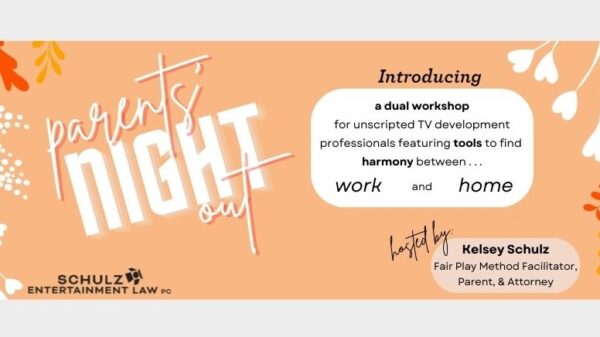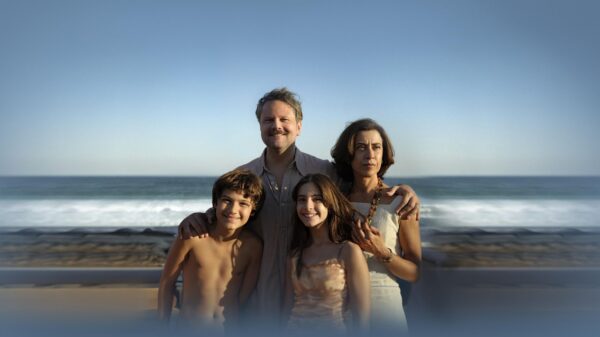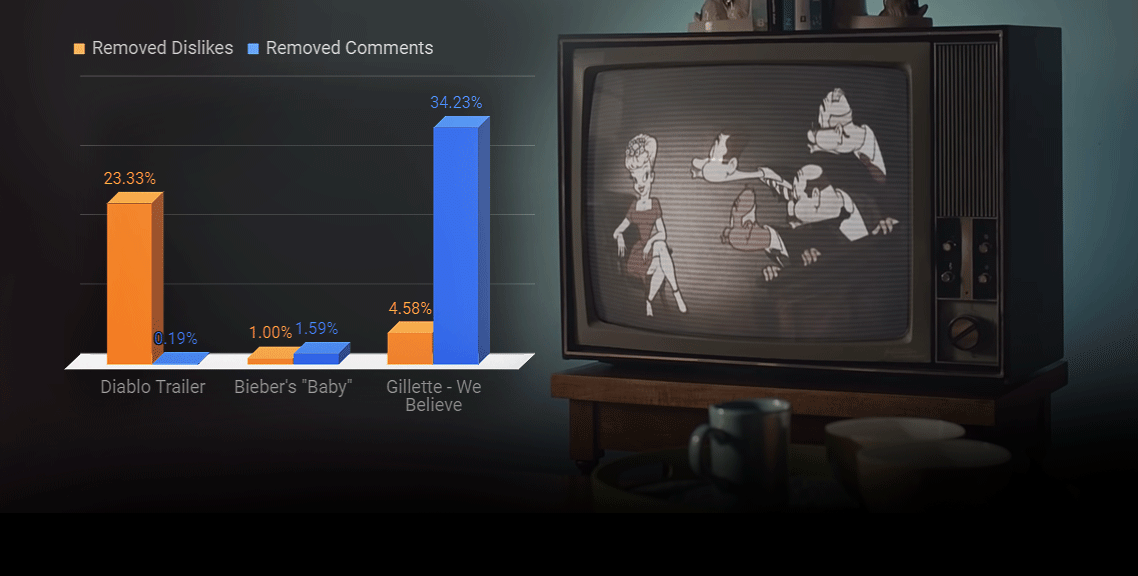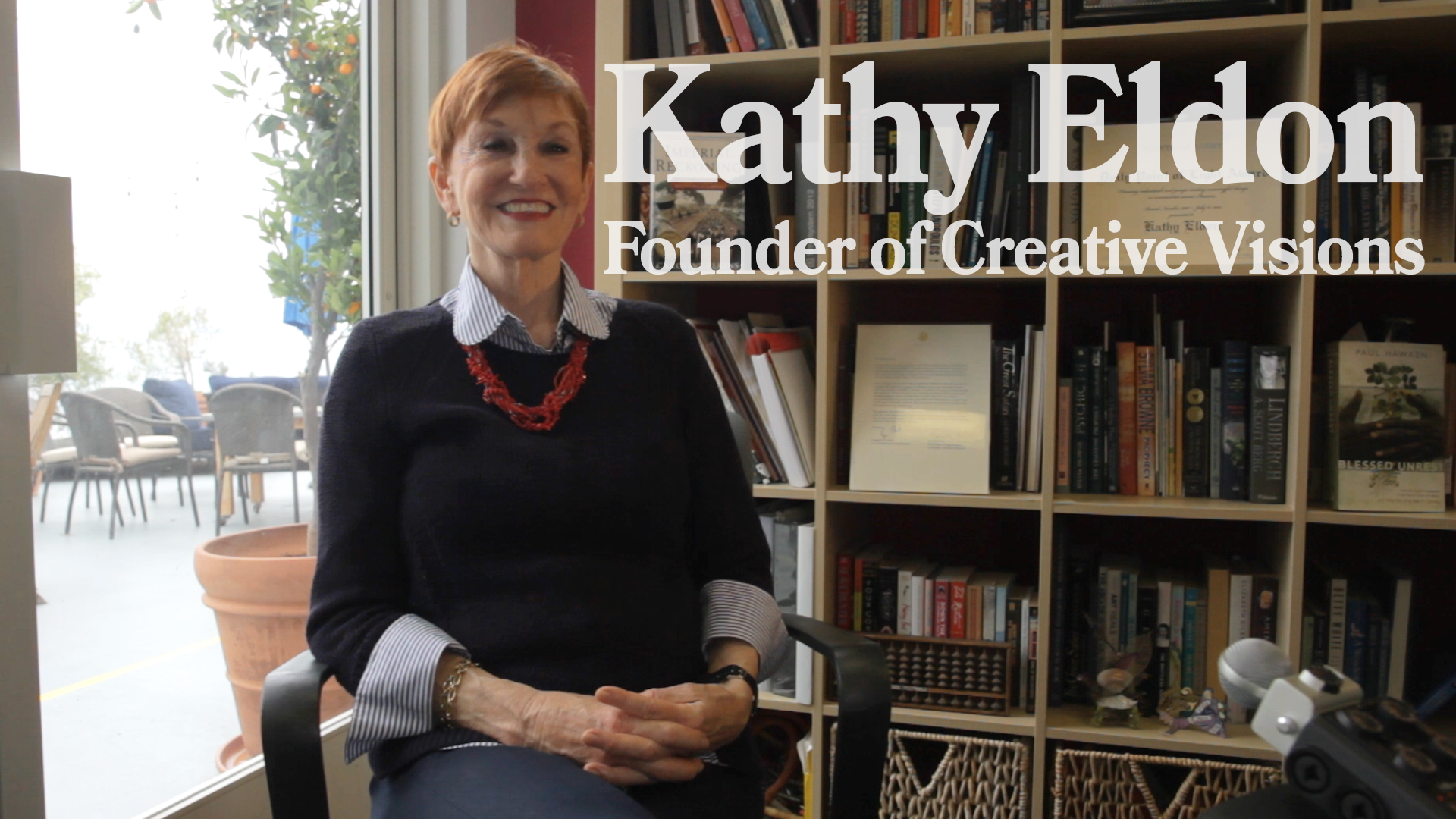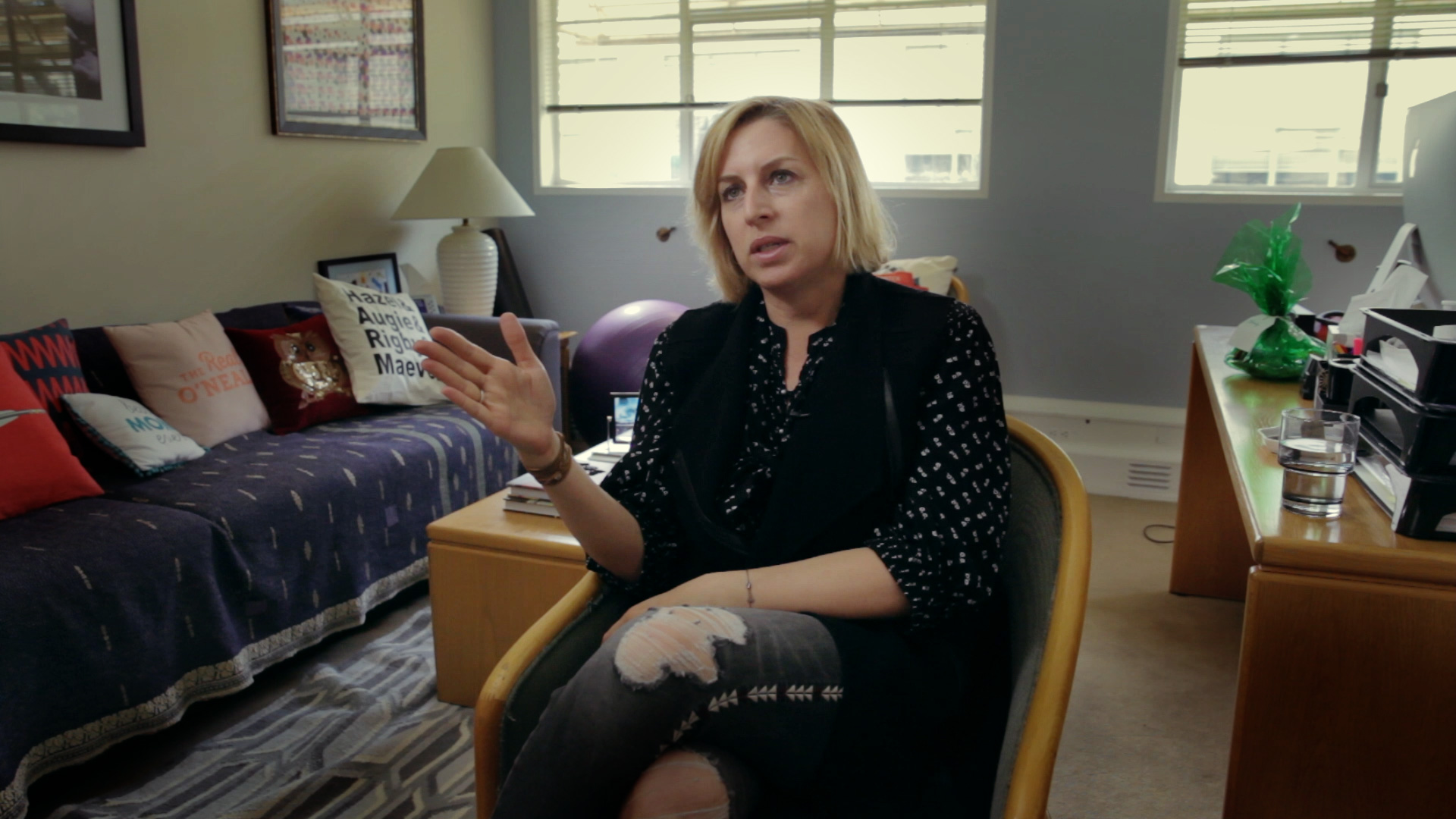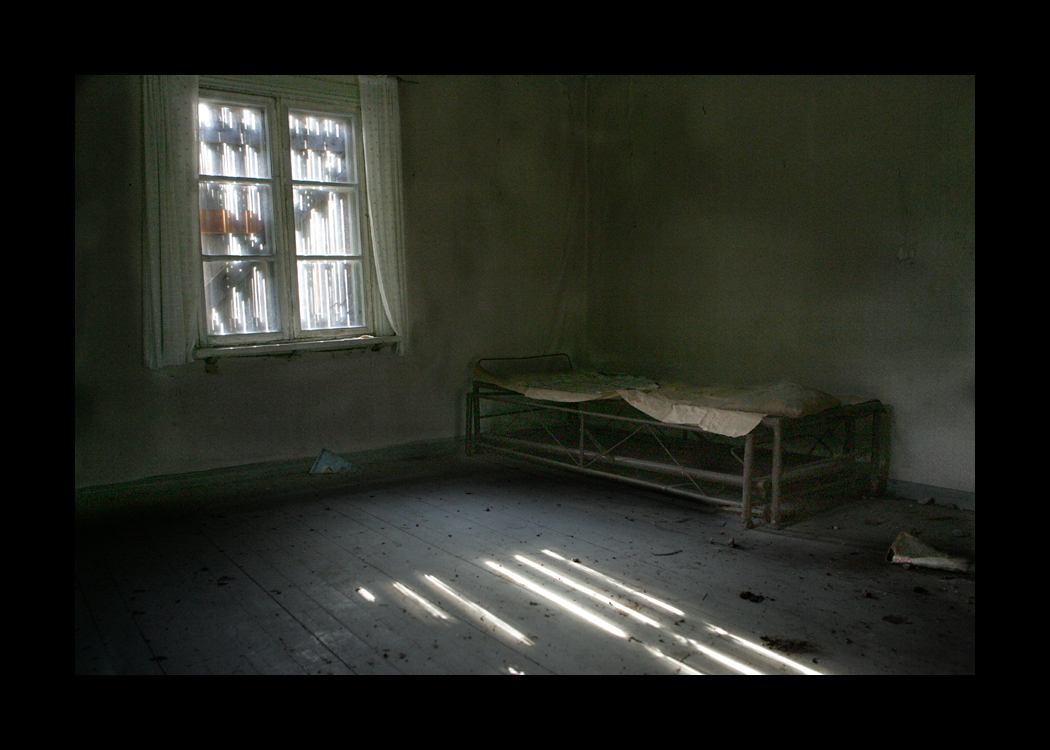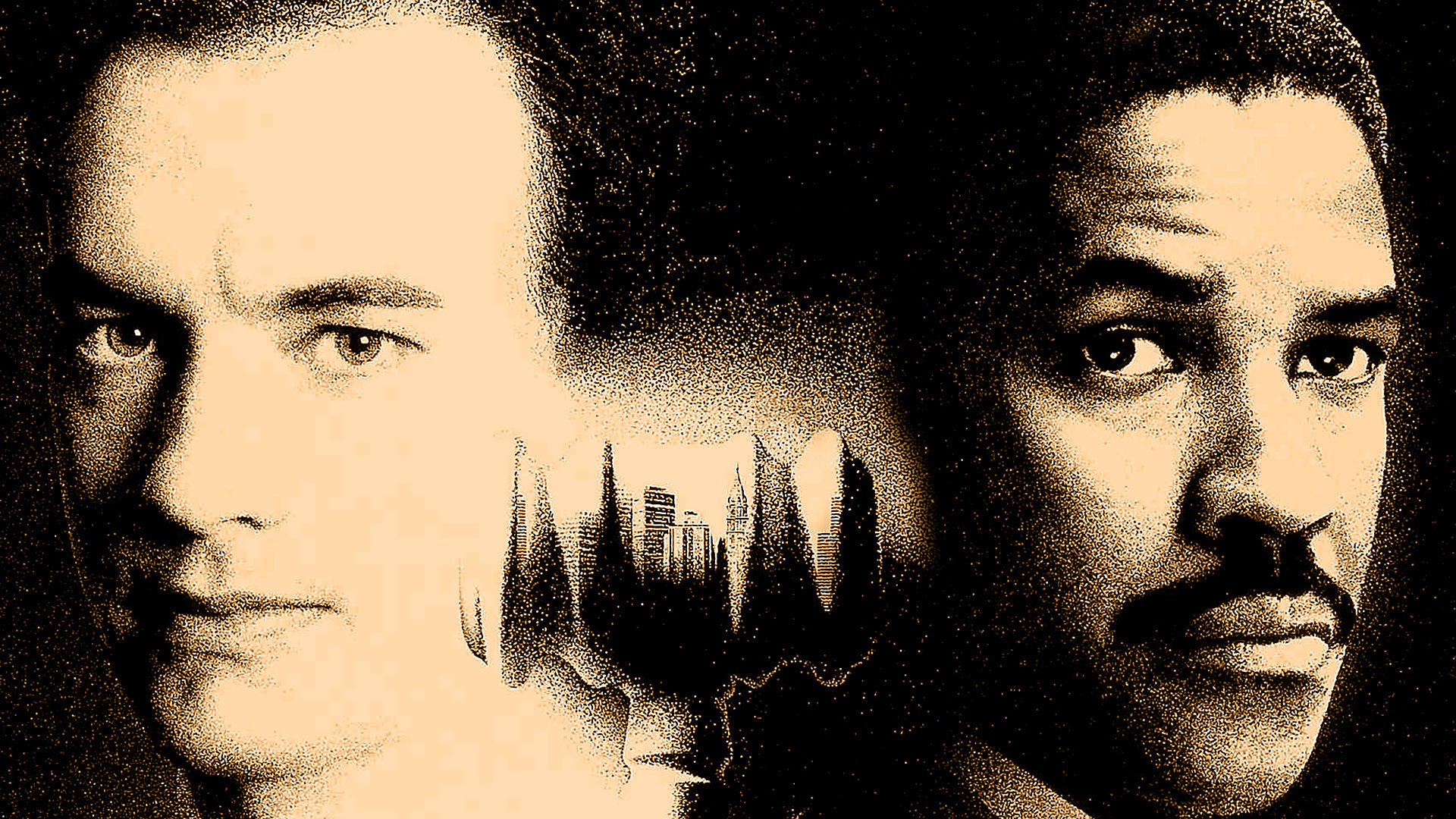There is no single silence, but a typology of non-hearing and non-listening. Whether the supposed silence of a musical rest, of the anticipation of a note or the end of a piece; or the silence of non-listening, or of an artificial soundlessness, or an ignorance of the sounds of one’s own body, the silences many hearers perceive is as illusory as a fever-dream. Life itself is sound, the universe a harmony of waveforms; from that it is an intentionality of the hearing that determines what we categorize as silence and what we do not.
So then what is this typology, how do we categorize different types of non-hearing and non-listening? I would like to propose the following parameters: the intentionality of sound-perception; the anticipation of further musical or non-musical events; and the sense of conclusiveness, or a return to the great silence from which all music grows, as color from shadow. We can understand many types of silence in these terms, making finer distinctions than folk reasoning about silence permits.
The parameter of intentionality is most important because it distinguishes listening from hearing. In German this distinction is conveyed via the prefix an-, meaning “toward”, combined with hören, meaning “to hear.” Thus in German listening is a form of hearing coupled with an intentful directionality, a focus on a specific sound-event or sound-source. Much the same is true of hearing and listening in English, but with a less obvious relationship. Without intentionality, we have sound without focus, without expectation; and yet with it we are constrained to anticipating particular events, which gives way in film to auditory cliché.
Yet nigh just as important as this parameter is whether or not a silence is ‘pregnant’, laden with the expectation of a transformation, a resumption of sound in a new iteration or form. These silences are ubiquitous in film and music as a way to lead the audience’s intent towards the anticipation of a new sound-event; yet their opposite, the infertile silence, is the more fundamental, the silence from which we expect nothing, the void of non-listening itself. All art resolves into an infertile silence, even the quiet of a gallery.
Are your viewers left directionless in the infertile silence? Or do you drag their attention forward until the next loudness? Consider as if a surgeon each silence you take or leave, the spaces between sounds, and where it draws the viewer’s intent. Reflect on where their intent is directed, how you got them there, where the path out of the forest lies, and whether it’s an unbroken line or a trail of breadcrumbs; for it is the spaces between the sounds that determine whether you are hearing noise or music. Let that guide your creative hand as much as light and shadow.



